Retro Replay Review
Gameplay
7th Legion unfolds as a classic real-time strategy experience, where you can assume the role of either the technologically advanced Chosen or the scrappy survivors of the 7th Legion left behind on a ravaged Earth. From the very first mission, you’ll notice the responsive controls and intuitive interface that makes issuing commands to squads and building bases a breeze. The familiar RTS formula—gather resources, construct facilities, and field armies—is supplemented by unique twists that keep the action fresh.
(HEY YOU!! We hope you enjoy! We try not to run ads. So basically, this is a very expensive hobby running this site. Please consider joining us for updates, forums, and more. Network w/ us to make some cash or friends while retro gaming, and you can win some free retro games for posting. Okay, carry on 👍)
One of the most memorable features is the “troops gain experience” system. Units that survive multiple engagements grow stronger, unlocking enhanced abilities or improved statistics. This mechanic encourages careful micromanagement and fosters an emotional attachment to veteran squads, making every soldier’s life and loss far more impactful. Whether you’re leading a band of hardened riflemen or a squadron of elite drop troops, watching them evolve through the campaign is deeply rewarding.
Base building is entirely freeform: you can place structures anywhere within your claimed territory without grid constraints. This freedom offers tactical depth, as you can customize choke points, create layered defenses, or position resource collectors in optimal zones. The lack of rigid placement rules also speeds up base expansion, letting you react swiftly to enemy incursions or pivot your strategy on the fly. As a result, battles feel dynamic and organic rather than scripted.
Graphics
While 7th Legion debuted in the late ’90s, its visuals have held up surprisingly well for retro enthusiasts. The terrain is richly detailed, with cracked earth, rusting machinery, and weathered structures painting a convincing post-apocalyptic tableau. Dynamic lighting and shadow effects add depth to each battlefield, from scorching deserts to overgrown ruins, helping you discern elevation changes and plan ambushes or flanking maneuvers.
Unit models are distinct and expressive. The Chosen’s sleek power armor contrasts sharply with the ramshackle gear of the 7th Legion fighters, reinforcing each faction’s identity at a glance. Animations—such as recoil from firing weapons or the collapse of destroyed buildings—are fluid and help convey the scale of destruction. Even debris and smoke linger realistically, creating a visceral atmosphere as your forces advance or retreat under fire.
The user interface, though minimalist by today’s standards, is clean and functional. Iconography clearly denotes unit types, resource levels, and upgrade paths without cluttering the screen. Tooltips provide just enough information to make informed tactical decisions, and the zoom feature lets you switch between a bird’s-eye view and a close-up inspection of your units. All told, the graphics strike a balance between aesthetic charm and practical readability.
Story
The narrative backdrop of 7th Legion is compelling: centuries ago, humanity’s reckless consumption pushed Earth’s biosphere to the brink, triggering an exodus of the elite into space. Those left behind formed the 7th Legion—a hardy militia that eked out an existence on the dying planet. Now, the “Chosen” have returned, intent on reclaiming their ancestral home. This clash of social classes—and of desperation versus entitlement—provides a rich canvas for each skirmish.
The single-player campaign weaves both perspectives into its missions, allowing you to sympathize with hardened survivors defending every scrap of land, as well as with the Chosen, whose advanced technology and awe at Earth’s ruins underscore their otherworldly origins. Mission briefings and in-game cutscenes gradually reveal the political machinations driving each side, from resource hoarding to clandestine betrayals. Dialogue is sharp and avoids clichés, making each objective feel meaningful in the larger struggle.
Moreover, optional audio logs and in-mission events enrich the lore without overwhelming the player. Discovering abandoned laboratories or rescuing civilian enclaves opens side narratives that flesh out the cost of Earth’s collapse. These vignettes deepen your engagement, transforming what might have been a series of generic skirmishes into a poignant saga about survival, class conflict, and the desperate will to reclaim home.
Overall Experience
7th Legion remains a standout RTS thanks to its blend of accessible mechanics and strategic depth. The learning curve is gentle, but mastering unit experience, base layout, and faction differences offers long-term appeal. Whether playing solo or challenging a friend in skirmish mode, you’ll find countless hours of replay value as you experiment with different tactics and battlefield configurations.
The AI opponents adapt to your playstyle, forcing you to tweak your strategies mid-battle. Facing hordes of veteran infantry one moment and precision-strike Chosen hovercraft the next keeps every encounter unpredictable. Multiplayer has aged well too: local network matches can be fiercely competitive, and the straightforward interface makes it easy to jump into a game without wading through complex menus.
In conclusion, 7th Legion delivers a fulfilling RTS package for those who appreciate a strong narrative foundation, memorable unit progression, and liberating base-building freedom. While its visuals and interface bear the hallmarks of its era, the core gameplay systems and the socio-political story remain engaging today. If you’re seeking a science fiction strategy title with heart, depth, and replayability, 7th Legion is certainly worth your attention.
 Retro Replay Retro Replay gaming reviews, news, emulation, geek stuff and more!
Retro Replay Retro Replay gaming reviews, news, emulation, geek stuff and more!

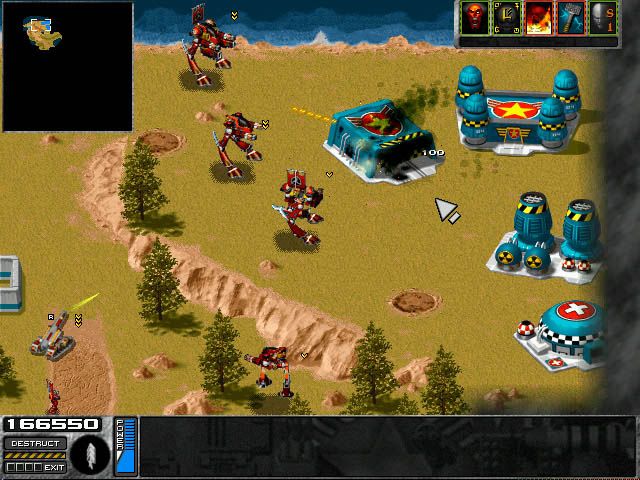

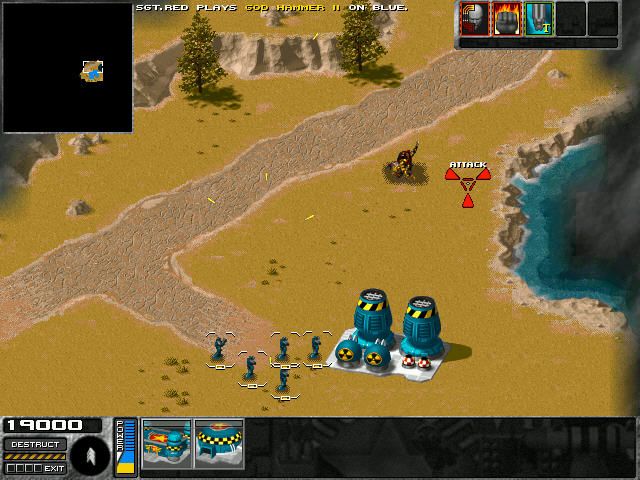
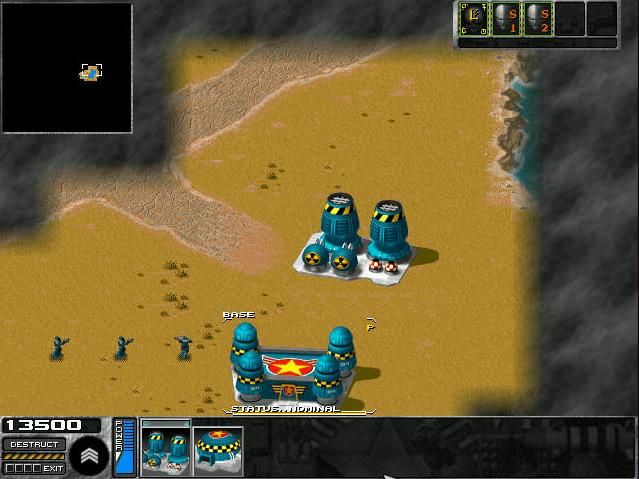
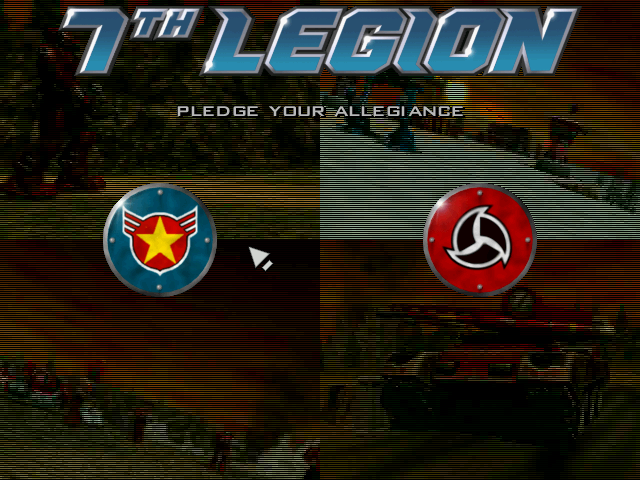


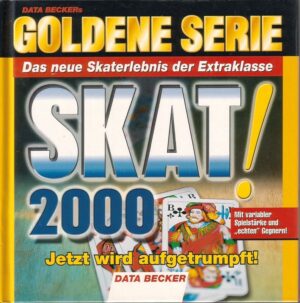
Reviews
There are no reviews yet.